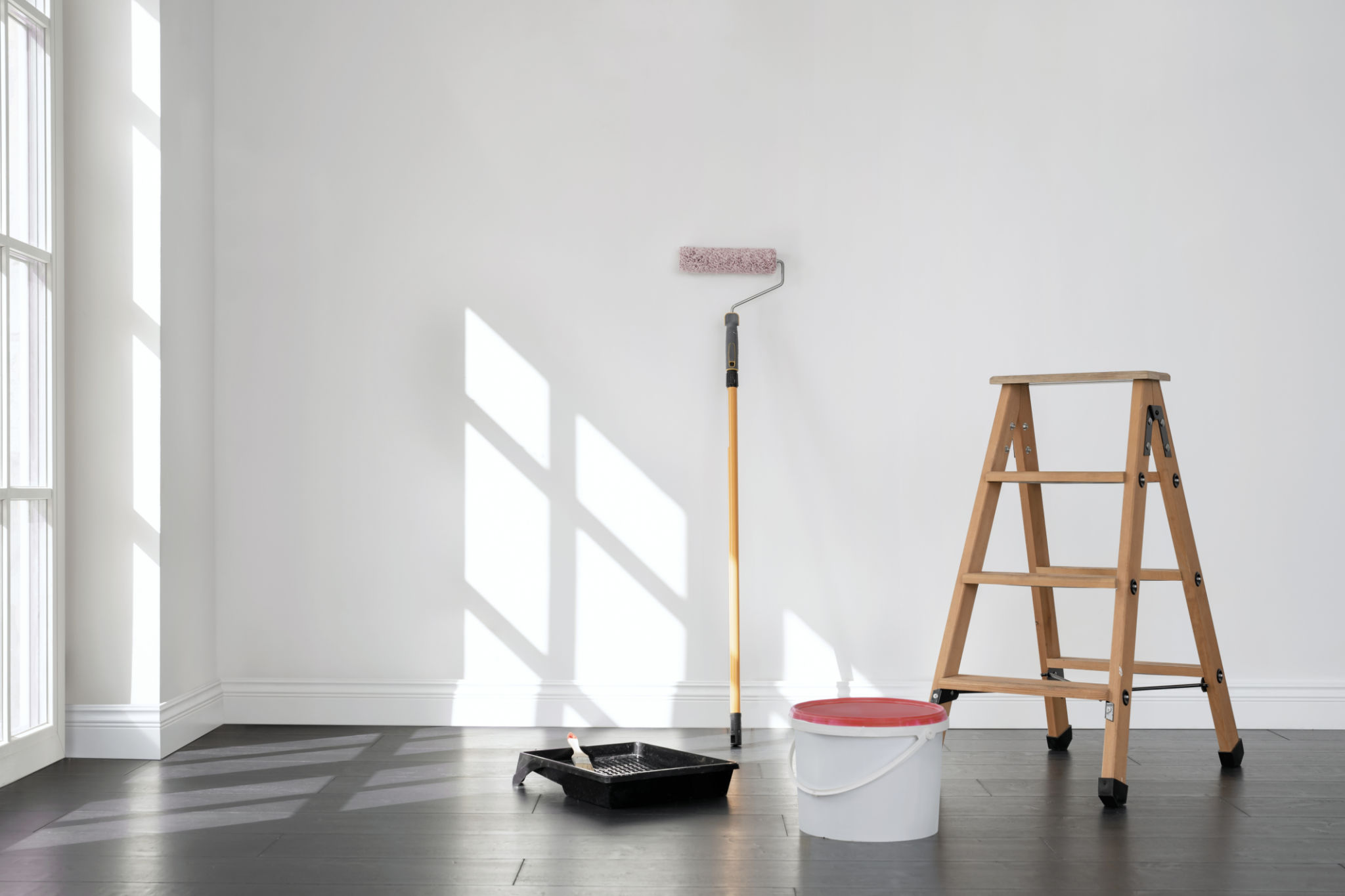Top 5 DIY Painting Tips from Ottawa's Leading Professionals
OP
Preparation is Key
Before you even think about picking up a brush, the first step to achieving a professional-looking paint job is preparation. According to Ottawa's seasoned painters, taking the time to prepare your surfaces can make all the difference. Start by cleaning the walls thoroughly to remove dust, dirt, and grease. This ensures that the paint adheres properly and lasts longer.
Next, inspect your walls for any holes or cracks. Use a filler to patch these imperfections and sand them down once they are dry. This will create a smooth surface for painting. Don't forget to protect your furniture and floors by using drop cloths or plastic sheeting. Additionally, applying painter's tape along the edges of trim and ceilings can help achieve clean, crisp lines.

Choose the Right Tools
Having the right tools can significantly impact the quality of your DIY painting project. Professionals in Ottawa emphasize investing in high-quality brushes and rollers. Look for brushes with synthetic bristles for latex paints and natural bristles for oil-based paints. For rollers, consider the nap length based on your wall texture—short nap for smooth walls and longer nap for textured surfaces.
In addition to brushes and rollers, don't forget essential accessories like paint trays, extension poles, and a sturdy ladder. Using quality tools not only makes the process easier but also ensures a superior finish.

Select the Perfect Paint
The color and type of paint you choose can transform a room. Ottawa's experts suggest considering the room's purpose and lighting when selecting paint colors. Light colors can make a small room appear larger, while darker shades can add coziness to large spaces.
When it comes to paint type, opt for a finish that suits your space's needs. Matte finishes are great for hiding imperfections but might not be ideal for high-traffic areas. In contrast, semi-gloss or satin finishes are more durable and easier to clean, making them perfect for kitchens and bathrooms.
Master the Technique
Even with excellent preparation and tools, mastering the right painting technique is crucial for a flawless finish. Begin by cutting in around edges with a brush before using a roller for the main areas. This ensures that you cover all nooks and crannies that rollers might miss.
When rolling paint onto walls, use long, even strokes in a "W" or "M" pattern to avoid streaks and lap marks. This technique helps distribute the paint evenly across the surface. Remember to keep a wet edge while painting to prevent lines from forming where fresh paint meets dry paint.

Allow Adequate Drying Time
Patience is vital when it comes to DIY painting projects. Ottawa professionals advise allowing sufficient drying time between coats of paint. This not only ensures a smooth finish but also prevents paint from peeling or bubbling later on.
Refer to the paint manufacturer's instructions for recommended drying times between coats. Generally, waiting at least two to four hours before applying a second coat is advised. Once you're done painting, allow the final coat to cure completely before moving furniture back into place or hanging pictures on the walls.
By following these expert tips from Ottawa's leading painting professionals, you'll be well-equipped to tackle any DIY painting project with confidence and skill. Happy painting!
